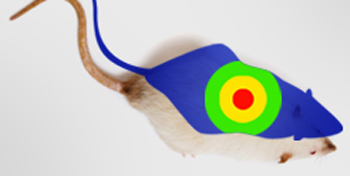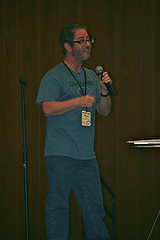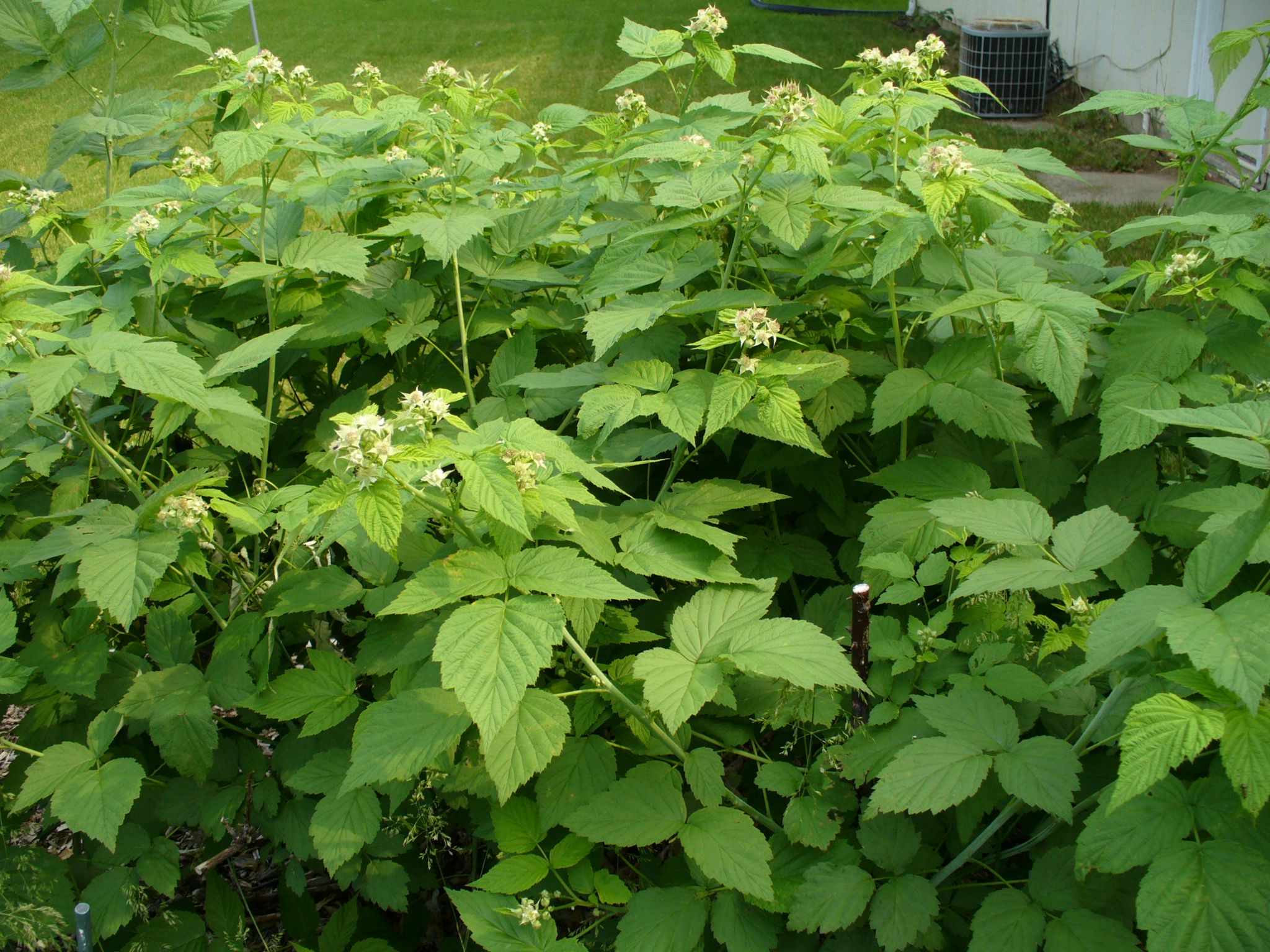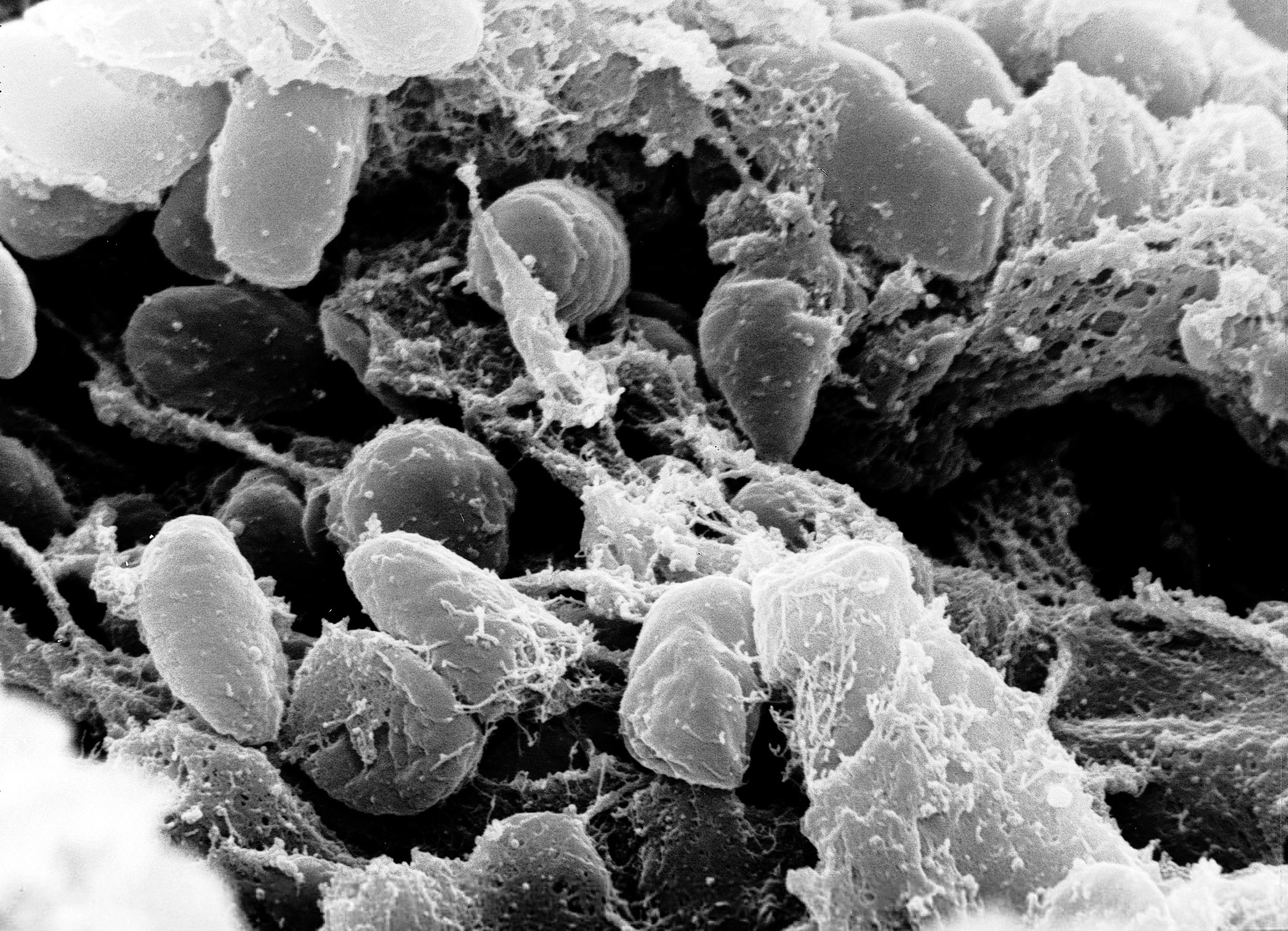If asked what are the differences between a grandfather and his newborn granddaughter, I would reply with the obvious ones: size (the grandfather is larger than his granddaughter), condition of the skin (babies have soft, smooth skin and elders have age spots and wrinkles) and life expectancy. Other visual cues may seem more similar than different. For example, grandfather and granddaughter may both lack hair on their heads or need assistance to move from one place to another. However, both baby and elder are a product of the genes expressed from their genome even if the exact sequence is not identical between them. Because genes are expressed differently over a human’s lifetime, Heyn et al. decided to examine the methylation profile in the genomes of newborns and individuals 89 years old or older. Continue reading “Methylation of Your Genome Decreases as You Age”
Author: Sara Klink
Tracking the Progression of Plague Using Bioluminescence
 Sequencing Yersinia pestis, the bacterium that caused the Black Plague in Europe during 1348–50, is an amazing accomplishment. Y. pestis infection still occurs sporatically and causes fatalities despite the Age of Antibiotics. Even with animal models, there are questions remaining about the progression of infection. Nham et al. used in vivo imaging to examine the course of infection in a mouse animal model using a bioluminescent clone of Y. pestis. Continue reading “Tracking the Progression of Plague Using Bioluminescence”
Sequencing Yersinia pestis, the bacterium that caused the Black Plague in Europe during 1348–50, is an amazing accomplishment. Y. pestis infection still occurs sporatically and causes fatalities despite the Age of Antibiotics. Even with animal models, there are questions remaining about the progression of infection. Nham et al. used in vivo imaging to examine the course of infection in a mouse animal model using a bioluminescent clone of Y. pestis. Continue reading “Tracking the Progression of Plague Using Bioluminescence”
Could the Next Chemotherapy be Derived from a Weed?
As much as I may complain about weeds, one that I enjoy (in moderation and not among my vegetables) is dandelions. The bright yellow flowers herald spring, and the seed puffballs, while not as visually interesting, offer entertainment as I watch birds landing on the shaft, bending it and eating the seeds. When I am pulling out the taproots with my dandelion weeding tool, I like to leave them on my lawn to break down because the roots are known to draw up nutrients. As it turns out, dandelion root is more than a nutrient source for other plants; it has been used for medicinal purposes. And now Ovadje, Hamm and Pandey have published research showing that dandelion root extract is able to induce apoptosis of leukemia cell lines while leaving normal blood cells untouched. Continue reading “Could the Next Chemotherapy be Derived from a Weed?”
A Little Science Humor for Lunch
 At ScienceOnline 2012, Brian Malow also known as @sciencecomedian performed a short routine during the Saturday lunch. He complained that several jokes floating around the web were not attributed to him so I thought I would share a few I remembered complete with attribution. His sense of humor appealed to me as I was raised in a home rife with puns. Yes, my family can carry on an entire conversation dedicated to a single theme, no music necessary.
At ScienceOnline 2012, Brian Malow also known as @sciencecomedian performed a short routine during the Saturday lunch. He complained that several jokes floating around the web were not attributed to him so I thought I would share a few I remembered complete with attribution. His sense of humor appealed to me as I was raised in a home rife with puns. Yes, my family can carry on an entire conversation dedicated to a single theme, no music necessary.
Fans of the television show “The Big Bang Theory” are likely to understand this reference: Schrödinger’s cat walked into a bar…or did it?
For chemistry buffs: Helium drifted into a bar. The bartender says “We don’t serve noble gases in this bar.” Helium doesn’t react.
If you enjoy reading about the Large Hadron Collider and the search for a certain particle: A Higgs Boson entered a church. The priest said “We don’t allow your kind in here.” The Higgs Boson replied “Without me, you have no mass.”
Microbiologists may appreciate this one: An infectious disease enters a bar. The bartender says “We don’t serve your kind. You’re Staph.”
More wordplay with particles: A neutron enters a bar. The bartender says “For you, no charge.”
Fungi, a Tool for Weed Control?
While I enjoy growing a variety of produce from tomatoes, basil and garlic to blueberries, one thing remains the bane of my existence: weeds. My least favorite: quackgrass. I even dug up an entire garden bed to rid myself of the weed and its long rhizomes. How well do you think that worked? I found that the quackgrass happily grew around the popcorn I planted in that same location. What is a gardener to do? Well, recent research by Veiga et al. demonstrates that fungus can lend a helping hand and suppress growth of some weed species. Continue reading “Fungi, a Tool for Weed Control?”
Finding Life on Mars May Be Complicated by Microbes Hitching a Ride from Earth
“The Andromeda Strain”, a novel written by Michael Crichton, remains one of my favorite science fiction novels for two reasons (spoiler alert for the plot): The US government deliberately sent objects into space to scoop up extraterrestrial microorganisms and examine their potential to be used as a weapon (with the expected consequences of contaminated space probes falling near human habitats and causing trouble), and the deadly organism infecting humans is stopped in its tracks by the inescapable bounds of its pH requirements exemplified by two survivors in an afflicted town: a crying baby and a Sterno-drinking man. Reality may be a bit different from the novel but the principle is the same: We are launching probes from our planet and sending them to other planetary bodies, sometimes to stay on another planet, sometimes to return to Earth. In both cases, worries about terrestrial organisms contaminating other planets and extraterrestrial organisms contaminating Earth are valid. Because we are sending more and more probes to examine the possibility of life on other planetary bodies, Curiosity being the most recent example, the question remains: How do you adequately test for organisms that may be hitching a ride from Earth into space? Continue reading “Finding Life on Mars May Be Complicated by Microbes Hitching a Ride from Earth”
Black Raspberry Extract May Lead to Tomorrow’s Cancer Preventative
 When deciding which varieties of fruit to cultivate, I chose to plant black raspberries on my small suburban lot. They grow wild in Wisconsin, but fighting through swarms of mosquitos, brush and thorns to pick berries was not my idea of fun. For the last two years, I have received a large crop of juicy black berries that I enjoy eating fresh or process into black raspberry jam to spread on toast. Therefore, I was interested to learn that black raspberries have demonstrated cancer preventative properties in animal models of chemically induced oral and colon cancers as well as cultured oral cancer cells. Due to similarities between oral and cervical cancers, researchers recently tested if the beneficial effects of this berry could extend to human cervical cancer cells. Continue reading “Black Raspberry Extract May Lead to Tomorrow’s Cancer Preventative”
When deciding which varieties of fruit to cultivate, I chose to plant black raspberries on my small suburban lot. They grow wild in Wisconsin, but fighting through swarms of mosquitos, brush and thorns to pick berries was not my idea of fun. For the last two years, I have received a large crop of juicy black berries that I enjoy eating fresh or process into black raspberry jam to spread on toast. Therefore, I was interested to learn that black raspberries have demonstrated cancer preventative properties in animal models of chemically induced oral and colon cancers as well as cultured oral cancer cells. Due to similarities between oral and cervical cancers, researchers recently tested if the beneficial effects of this berry could extend to human cervical cancer cells. Continue reading “Black Raspberry Extract May Lead to Tomorrow’s Cancer Preventative”
Sequencing the Black Death is a Window to the Past
After writing my review of the Proceedings of the National Academy of Sciences USA article “Targeted enrichment of ancient pathogens yielding the pPCP1 plasmid of Yersinia pestis from victims of the Black Death”, I vaguely wondered if the authors could have sequenced more than a single 10kb plasmid. If the single-copy chromosomal DNA was too scarce, maybe one of the other Yersina pestis plasmids that may exist at a higher copy number (e.g., pMT1) might be sequenced. Continue reading “Sequencing the Black Death is a Window to the Past”
Dance Macabre: Will 14th Century Remains Reveal the Pandemic Secrets of the Black Death?
 Last year, I reviewed a PLoS Pathogens paper that found European Black Plague victims from the mid 14th century were infected with more than one clone of Yersinia pestis. While the Y. pestis-specific sequences amplified from several skeletal samples from various countries were evidence of the bacterium as the etiological agent, questions still remained about the virulence of the outbreak. What allowed that ancient strain of Y. pestis to cause such widespread death? Another group of researchers decided to further analyze the causative agent of the Black Plague by enriching for and sequencing one of the extrachromasomal plasmids present in the bacterial genome: the 9.6kb virulence-associated pPCP1 plasmid. Continue reading “Dance Macabre: Will 14th Century Remains Reveal the Pandemic Secrets of the Black Death?”
Last year, I reviewed a PLoS Pathogens paper that found European Black Plague victims from the mid 14th century were infected with more than one clone of Yersinia pestis. While the Y. pestis-specific sequences amplified from several skeletal samples from various countries were evidence of the bacterium as the etiological agent, questions still remained about the virulence of the outbreak. What allowed that ancient strain of Y. pestis to cause such widespread death? Another group of researchers decided to further analyze the causative agent of the Black Plague by enriching for and sequencing one of the extrachromasomal plasmids present in the bacterial genome: the 9.6kb virulence-associated pPCP1 plasmid. Continue reading “Dance Macabre: Will 14th Century Remains Reveal the Pandemic Secrets of the Black Death?”
Milk (Fat) Does a Body Good
One Milk Marketing Board campaign uses celebrities to promote its product by photographing them with milk moustaches. Glamour aside, selling cow’s milk is important to the livelihood of many farmers worldwide and generates a variety of well-appreciated products. What would pizza be without cheese? Summer without ice cream? Lunches without yogurt? Mashed potatoes without butter? Flammkuchen without crème fraiche? You can see where I am going with this. I live in America’s Dairyland where people commonly drink milk with meals. I think there is nothing better than a cold glass of milk with a rich chocolate cake. However, the Milk Marketing Board has missed a significant finding: milk fats can attenuate metastasis and some of the systemic effects of cancer and chemotherapy—at least in mice. Continue reading “Milk (Fat) Does a Body Good”
